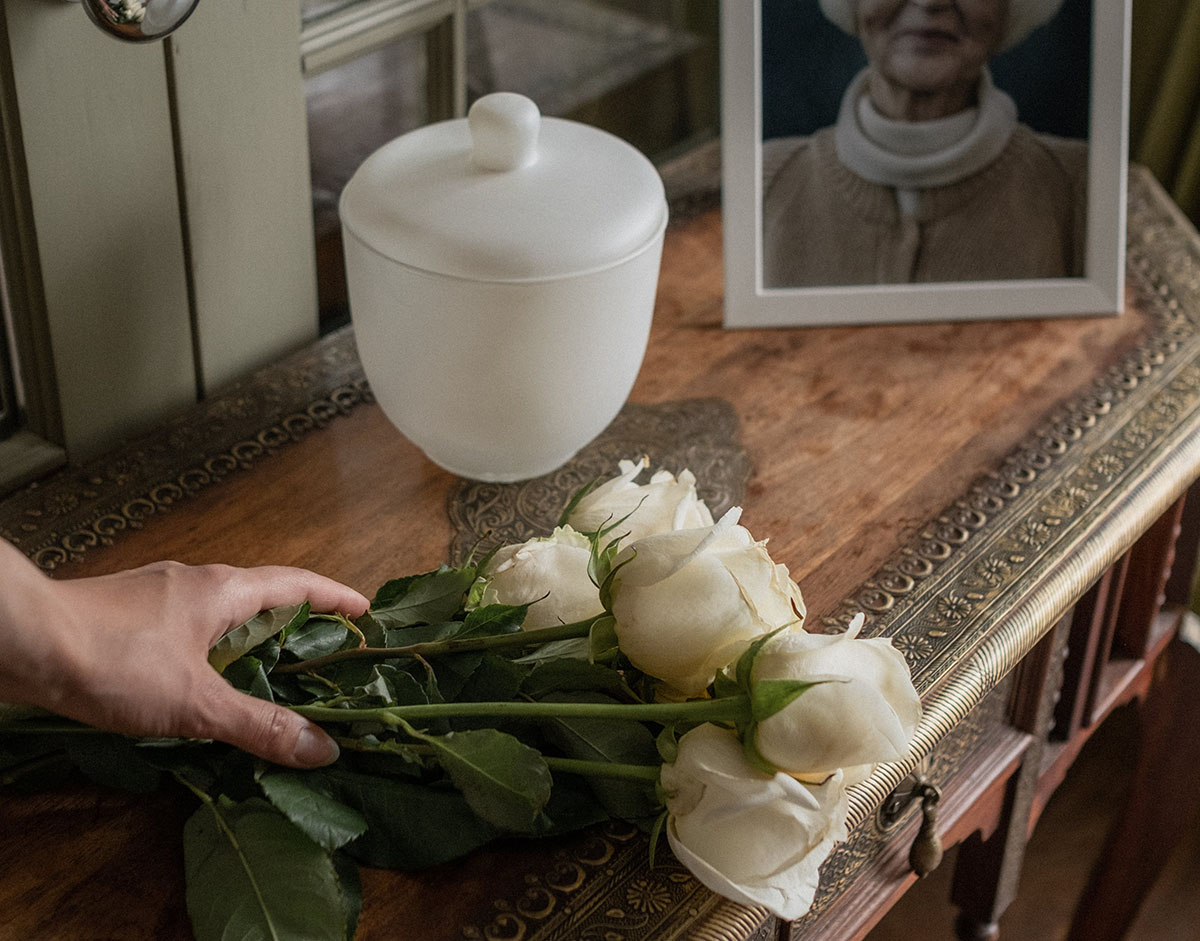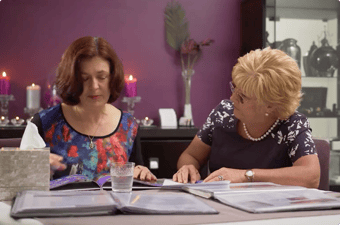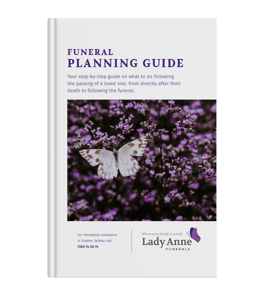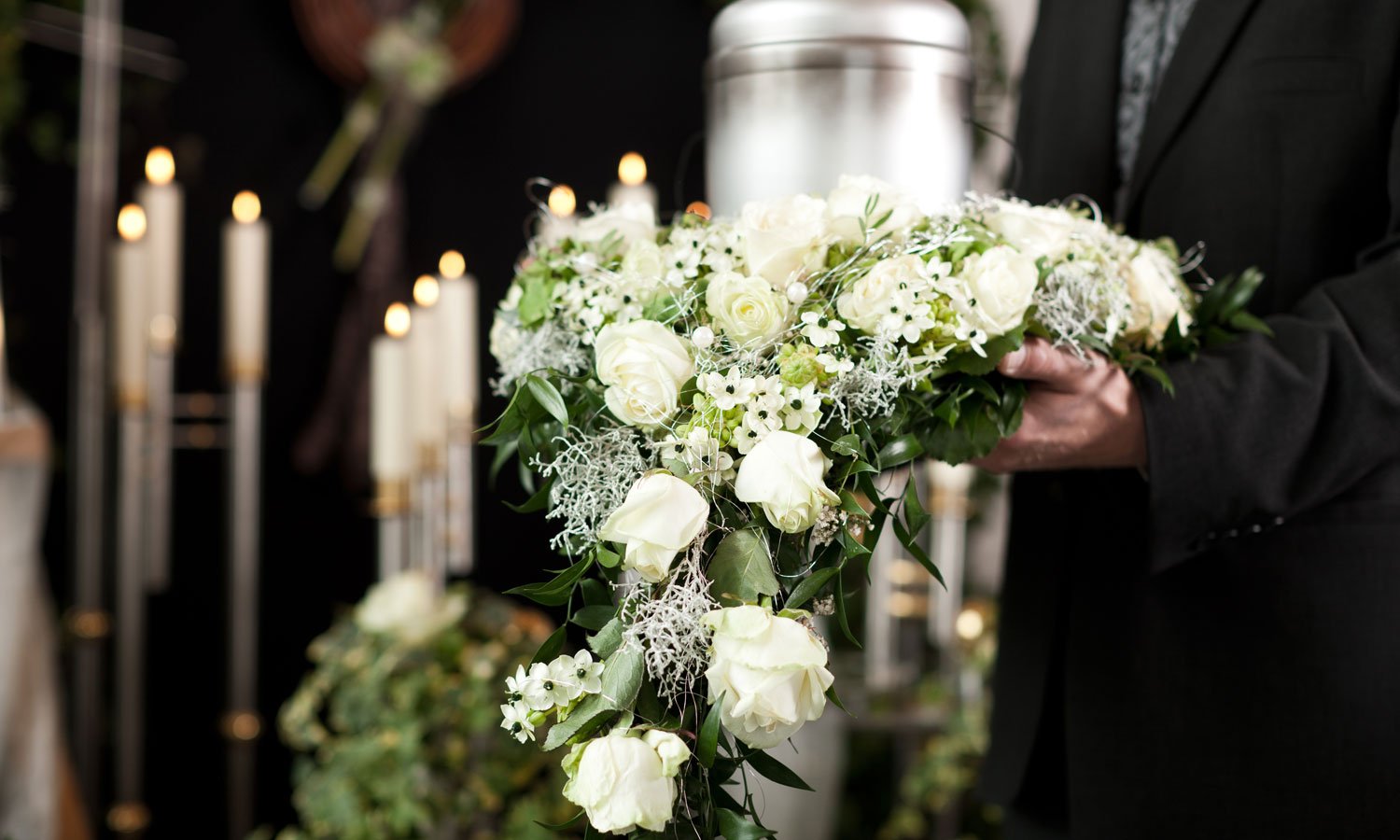Cremation, chosen by a growing number of Australians, offers a way to honour a loved one's memory that aligns with a range of personal preferences, from environmental considerations to unique final wishes. Understanding the cremation process can offer comfort and clarity as you consider this option for yourself or a family member. Let's delve into the details of cremation and answer the common questions about the cremation process.
What is cremation?
Cremation is the process of reducing a deceased person's body to ashes using high heat in a controlled environment. This method has become a preferred choice for many, owing to various personal, spiritual, and financial reasons. It's a dignified way to handle the remains and can be more cost-effective than traditional burial.
Benefits of a cremation
Financial Benefits
Typically, it's less expensive than burial because it eliminates the need for a burial plot and often requires fewer funeral goods and services.
Flexibility
Cremation allows for more time to plan memorial services and for family to gather from afar.
ENVIRONMENTAL CONSIDERATIONS
It's viewed by some as a more sustainable option, taking up less land space.
PERSONALISATION
Ashes can be kept, scattered, or used in various personalised memorials.
The cremation process
1. Identification of the body
Before any memorial or funeral service can begin, the first step is providing a death certificate. Other paperwork required for cremation is a statutory declaration plus medical certificates or a coroner’s cremation permit.
2. Preparation of the body for cremation
First, any items that may affect the cremation process — such as jewellery or medical devices like pacemakers — are removed, usually by the funeral director. The deceased is placed in a coffin; once this coffin is accepted by the crematorium, it cannot be opened.
The coffin is then placed on an insertion trolley. For identification, a metal nameplate is placed beside the coffin and stays with the remains until the process is completed.
3. The role of a cremator
There are slight variations between crematoria, but generally speaking there are two chambers and a cooling tray. The first chamber is where the cremation itself takes place. Similar to a kiln or furnace, this chamber is made of heat-resistant bricks on the walls and ceiling, and fuelled by natural gas.
It’s important to note that at no point are the deceased’s remains actually exposed to the fire; rather, they remain in a coffin the entire time. The cremation occurs due to heat from the bricks rather than exposure to direct flames.
4. During the cremation
The coffin is then placed on an insertion trolley. For identification, a metal nameplate is placed beside the coffin and stays with the remains until the process is completed. The coffin is placed inside the cremator, and the intense heat breaks down the body. The entire process from beginning to end typically takes up to four hours.
5. After the cremation
After cremation, metals and other remnants are removed. The remaining bone fragments are then processed into a fine, uniform consistency, often referred to as ashes. At this point, the crematorium awaits the instructions of the deceased’s family. Typically, they are given to the family in an urn.
Common questions about cremation
What can you do with ashes after cremation?
After the cremation process, families often wonder what they can do with their loved one's ashes to honour their memory. The possibilities are as varied and personal.
Some choose to keep the ashes in a beautifully crafted urn that can be displayed at home or interred in a columbarium. Others may decide to scatter the ashes in a place that was significant to the deceased, such as a favourite park, garden, or even at sea, which can be a poignant way to return them to nature. Do remember that you need to get permission from property owners if it’s on private land, or from local councils for parks and beaches.
For those seeking a more permanent memorial, ashes can be incorporated into unique objects like blown glass art or transformed into jewellery.
Can ashes be taken overseas?
If you’d like to scatter your loved one’s remains in a cherished place overseas, the first step is to contact that country’s consulate to check out what the legal requirements are. Further steps are outlined in our article on scattering remains abroad.
Can you attend a cremation?
You may be able to attend and view the committal of the coffin or casket into the cremator, depending on the crematorium’s arrangements.
Are multiple bodies cremated together?
Typically, only one body can be cremated at a time, as health regulations state that coffins must be cremated separately.
The only exceptions may be if there are two deceases who are closely related, such as a mother and baby, or twin children. However, these cases require approval from authorities.
How long does cremation take?
Cremation involves reducing the body to ashes in under two hours, unlike the slow decay over many years that takes place in traditional burial.
The entire process from beginning to end typically takes up to four hours. The length of the cremation itself depends on a range of factors but the average time for an adult is about 90 minutes at a temperature of 750 to 900 degrees Celsius.
How much does a cremation cost in NSW?
View our cremation pricing on our funeral costs document. We recommend using our instant quote tool to estimate the cost of the perfect funeral service for your loved one.
Which religions can be cremated?
Most religions, including Hinduism, Buddhism, and now increasingly Christianity, accept cremation. However, some, like Islam and Orthodox Judaism, traditionally do not. Always consult with religious leaders or advisors to respect faith-based practices.
When does the cremation take place?
Cremation can take place either before or after a funeral or memorial service. The timing depends on personal choice. You may opt for a traditional funeral with the body present before cremation, or a memorial with an urn containing the ashes afterward.
Are the cremation urns provided?
This depends on the funeral home, but typically a standard urn will be included as part of your arrangements. You may be able to choose a more decorative urn from the funeral home, or provide your own, if you wish.
Prepaid cremations
Opting for a pre-paid cremation is a thoughtful and practical way to manage funeral arrangements well in advance. This process involves selecting a cremation package from a funeral provider and paying for it at today's prices, safeguarding against future cost increases. Visit our guide to about prepaid funeral plans.
Planning a cremation
Planning a cremation involves a series of thoughtful decisions that reflect the wishes of the deceased and the needs of the family. It starts with choosing a trusted funeral provider who can guide you through the legal requirements and paperwork. Download our cremation planning checklist below for your step-by-step guide.











